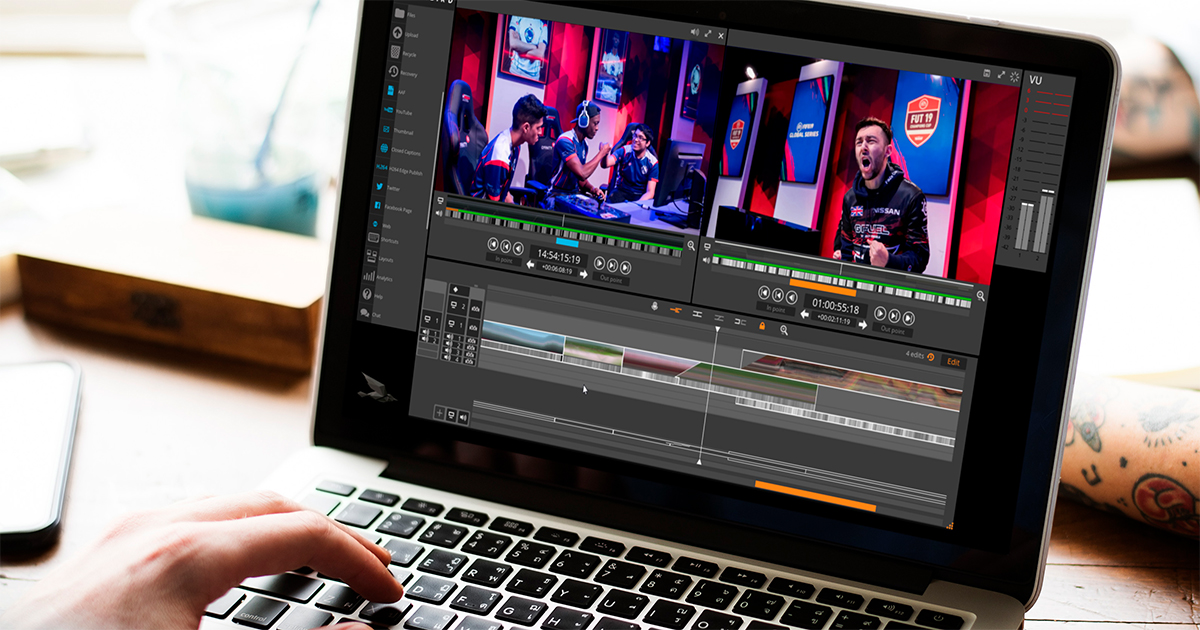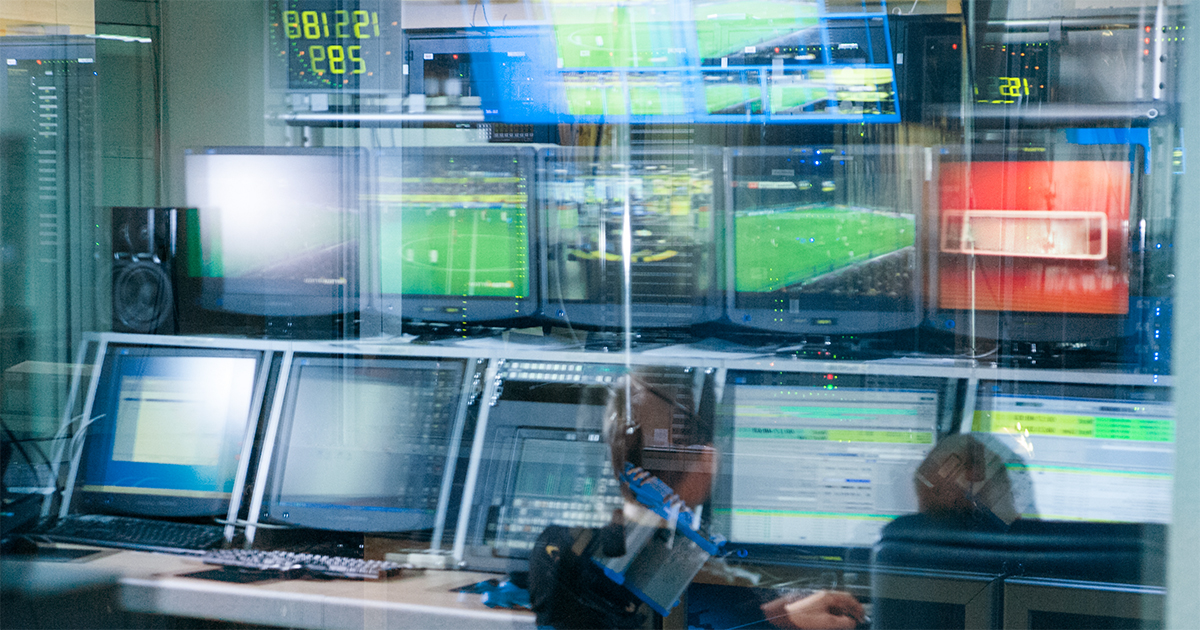
European esports production professionals were among the first to embrace new ways of working like cloud-based workflows, virtualization and remote production. How has the pandemic reshaped their production philosophy and what is on their technology roadmap for 2021?
A recent session during SVG Europe’s Esports Uncovered virtual event took a deep dive into these issues. The session was moderated by SVG USA Chief Editor Jason Dachman and the speakers were Simon Eicher, ESL Gaming, Senior Global Manager Procurement & Executive Producer Special Events; Nicolas Estrup, BLAST, VP of Product; and Andrew Lane, Director of Broadcast & Production at Faceit.
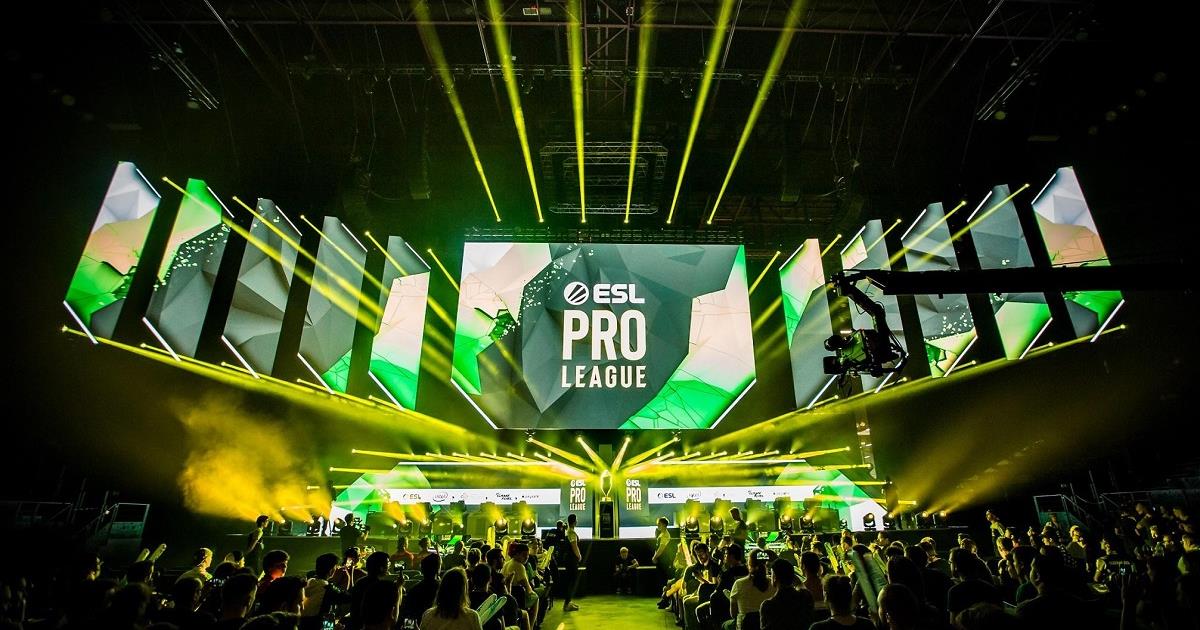
BLAST Premier began in early 2020. It replaced the BLAST Pro Series, an international live Counter-Strike: Global Offensive tournament. The tournament brought together six of the best teams in the world for a two-day tournament. This event had rotating locations as it happened in different cities around the world. The Danish esports organization, RFRSH Entertainment, created the tournament in 2017.
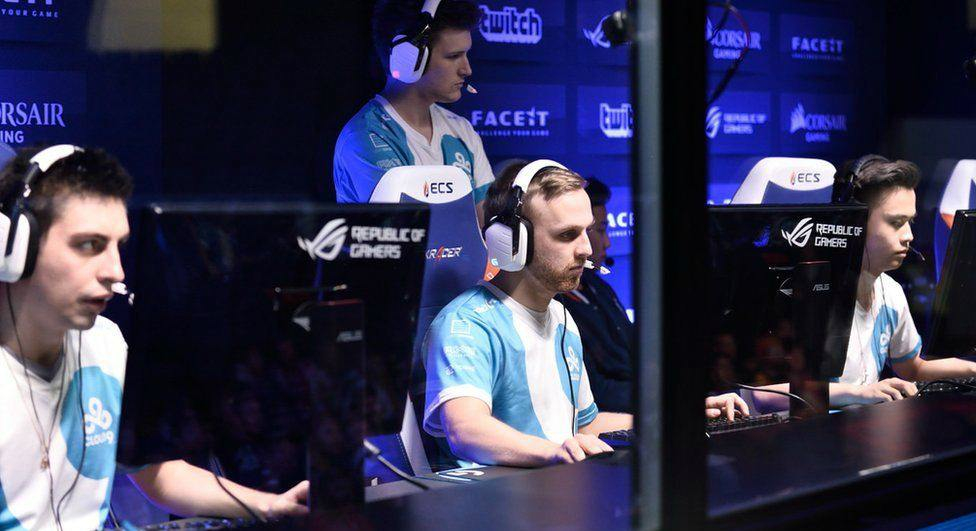
ESL, formerly known as Electronic Sports League, is an esports organizer and production company that produces video game competitions worldwide. ESL is the world’s largest esports company, and the oldest that is still operational. Based in Cologne, Germany, ESL has eleven offices and multiple international TV studios globally. ESL is the largest esports company to broadcast on Twitch.
Faceit is an esports platform with over 15 million registered users, founded in London in 2012. The company has administered leagues for games such as Counter-Strike: Global Offensive, League of Legends, Rocket League, Tom Clancy’s Rainbow Six Siege, Dota 2 and Team Fortress 2.
“Faceit is a tournament organizer and online platform, so we’ve got two sides to our business,” said Lane. “One is the online platform that does matchmaking for a number of titles — which has done phenomenally during the pandemic as you might expect, with a surge of new games joining our ranks. But specifically I work with the broadcast and media operation side of the business, in the production of esports tournaments.
“We are fortunate in esports in that this is where it has all come from — people in their bedrooms, players at home playing online.”
— Andrew Lane, Faceit
“Our focus throughout the pandemic has been about adapting for our clients and for some of our homegrown properties. We got hit right in the middle of one of our productions when COVID restrictions came into play in the US, which was phenomenally disruptive. But we were able to turn it around after four days of being off-air.
“We are fortunate in esports in that this is where it has all come from — people in their bedrooms, players at home playing online — so that as a sport we could continue. Players can still play on the online battlefield. It works just as well for us; it just means we have to adjust things on the broadcast side,” said Lane.
“We have done some stuff on-site, obviously with full precautions, testing and social distancing schemes in place, depending on which country we’re operating in. We’ve done studio stuff out of our existing facilities with a small footprint of talent on-site.
“We’ve also invested quite heavily in virtual studios and hybrid workflows so we’re able to have talent come in from all over the world and bring them into a virtual environment — which is a bit more exciting than just having them on-screen with a moving background or something like that.
“And then we’ve done some stuff that’s fully remote in the cloud, that doesn’t really require all those bits and pieces but still comes together as a complete show and looks great. So it’s been a mixed bag for us, but we’ve coped relatively well and used a lot of things we learned growing up in esports in order to move forward,” said Lane.
Forgetting for Just One Second It’s an Online Digital Event
“At BLAST we’re used to filling big arenas everywhere in the world,” said Nicolas Estrup. “We’ve gone from doing that to filling Zoom calls!
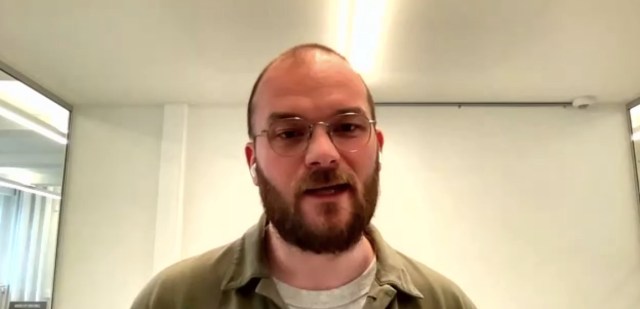
“For us it was about going back to basics in many ways, operating online events, which is a place we feel very comfortable. Our approach was very much to get to a point where if we could reach a second where the viewers on their couch at home to forget — just for one brief second — that they’re watching an online digital event, then we saw that as a massive success.
“We took that as the main mantra, in everything we did — back to basics, but elevating from there into creating normalcy in not very normal times.
“That was crucial. All the glitz and glamour of big fancy studios that can do a ton of stuff with XR and what have you is fine, but I think if can get them to briefly forget that COVID is happening, that was a big success for us,” said Estrup.
“Now we had individual cams sent to all the players taking part, which meant that all of a sudden we were juggling 500+ video feeds.”
— Nicolas Estrup, BLAST
Jason Dachman asked Simon Eicher how ESL has adapted during the pandemic. How has the business moved forward, so that it could continue to work and keep the lights on?
“We have tried to be agile,” said Eicher. “Our focus is always ‘Let’s bring up a show’. It’s important to keep the people entertained. We tried to give people something back, something they could enjoy and have pleasure around.
“Keeping a certain quality bar is important, but let’s make sure that the games go on and that in-game is a good experience and is as close as possible to what the viewers are used to. That’s how we started. Then we got the ESL Pro League running and produced the first virtual sets, and tried to do a decent broadcast and entertain the fans,” said Eicher.
Cloud-based Production Works — and It Doesn’t!
Virtual, cloud-based and remote workflows have been embraced by all esports organizations over the last year. Dachman asked the panel what worked, and what didn’t. Companies could pick and choose from various different pockets of the production philosophy universe: were there one or two tools or workflows that really came in handy?
“One of the big things for us was cloud,” said Lane. “It’s something we’ve been using for years, just doing things in the background, more for IT-oriented tasks. We had thought about, but not put into action too much, the idea of actually fully virtualizing an production — but it’s something we moved to pretty quickly. What we found was that it works, and it doesn’t work!
“You can’t think about it in exactly the same way; you have to think a little differently about how you engineer those workflows. It’s not the same way as when you plug in a cable and it just works; you’ve got all of these things flying around in an open cloud where, even if you’ve got your own private network, someone else can come along and mess it up.
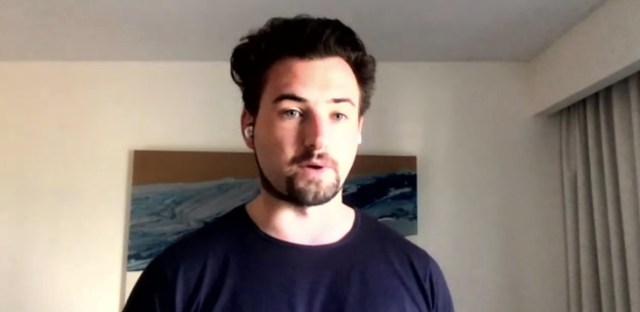
“It can get a messy sometimes, so you do have to think about how you engineer those processes so it doesn’t happen to you.
“After a few glitches it really started to work quite well for us on a number of our productions. We had to think outside the box, in that you can’t always expect to get identical results, as you would [expect] in a studio. That was one of the key things.
“Then we moved into the studio world, which presented different challenges,” said Lane. “You don’t expect, when you go into a studio environment, that suddenly your engineers have to stand two meters apart from each other. They’re not used to doing that!
“So every little piece of the puzzle takes that little bit longer to get done. You have to elongate timelines and production design. You just have to jump through the hoops and make it happen. It was a massive learning experience.”
“For us, the immediate thing that brought results was increasing video feeds,” said Estrup. “With a typical BLAST arena show you might have 40 feeds, from live cameras and in-game cameras. Now we had individual cams sent to all the players taking part, which meant that all of a sudden we were juggling 500+ video feeds.
“What we saw there was a clear spike of enjoyment from the watching crowd, because all of a sudden you could see the players sitting at home. If you look at an online esports production that is now the norm: back then it was not the norm.
“That took a ton of planning and a lot of urgent shipment all over the world! To us it was worth the effort, trying to juggle the amount of video feeds and cameras and kits out to all these players.
“It’s not always the big ticket items that are successful. Practical analogue things like good backdrops and making sure everyone is sitting at the same height and same distance to the camera — these things are somewhat obvious but they really help elevate your production,” said Estrup.
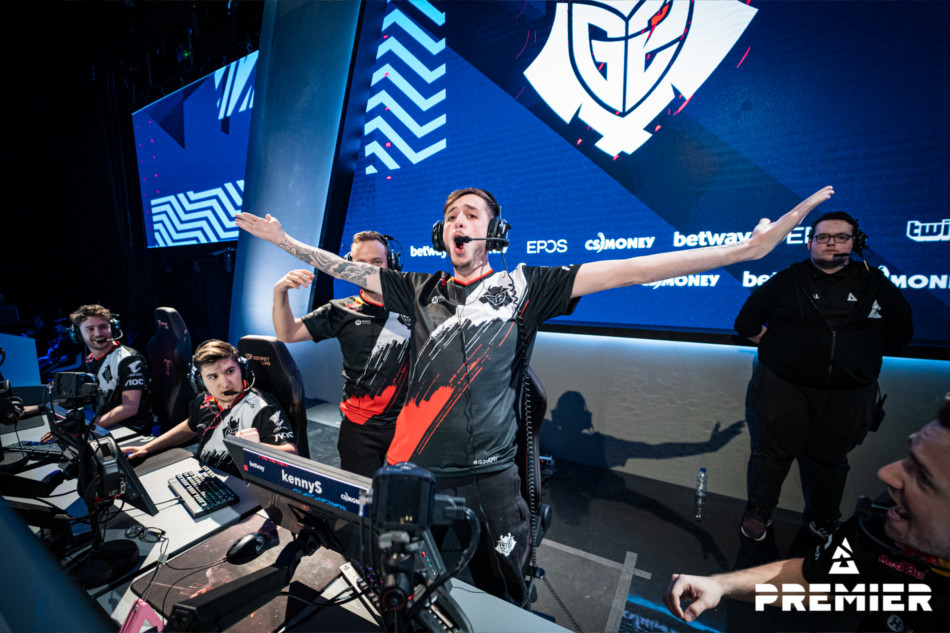
“Something that worked in the beginning but not so much later was the Fan Cam aspect. We were among the first to get 300-plus crazy Brazilians onto Fan Cams on Zoom. And it was an enjoyable experience… but we ended up actually pulling them from the broadcast because it just didn’t give that same satisfaction any more.
“People at home were actually getting annoyed with the Fan Cams, where they had provoked interest early on. I think COVID fatigue in the entertainment space hit with that, and now when I see it elsewhere — get digital fans in everywhere and you’ve cracked it, right? — I find myself getting annoyed.
“Here we go, another one of those walls full of people! It started great, but now it’s out of place with people not really feeling it any more,” said Estrup.
Re-evaluating Who Within the Production Sits Where and Why
“A lot of stuff worked more or less as intended with the motivation to have a broadcast again and give something to the fans,” said ESL’s Eicher. “The fluctuations in the quality bar are definitely acceptable: we do currently accept an environment that would not have been acceptable pre-COVID in terms of overall quality.
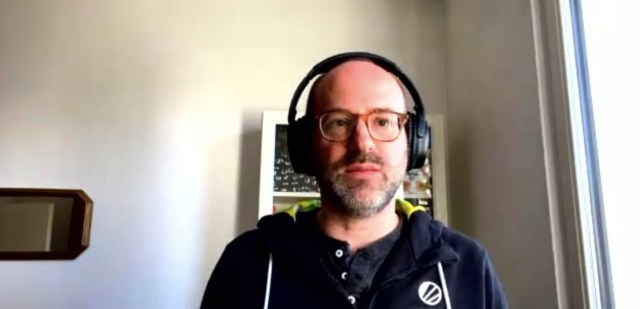
“I think what really, really worked was the extra mile everyone was willing to go — not so much from a technical but more from a people perspective. Everyone at ESL can be super proud of what we have achieved.
“What didn’t work so well? Nothing major. I think a lot of trial and error, right? But there was nothing where we really felt we were close and something failed,” he said.
Wrapping up the session, Dachman asked about the future. Are we in a hybrid mode at the moment, with more on-prem and hopefully fans coming back in the near future? What’s going to stick, in terms of new workflows and technologies embraced over the last year that will become a permanent part of your production ecosystem in the future?
“The ability of having remote workers contribute to a broadcast,” said Lane. “It’s not something we ever really considered too much prior to this.
“I think what really, really worked was the extra mile everyone was willing to go — not so much from a technical but more from a people perspective.”
— Simon Eicher, ESL
“One of the biggest things in the esports industry is people who understand what we produce. I have to get a person to London, and they’re over in LA… if it’s the right person they will do a better job than someone who isn’t the right person. So being able to pull them in [remotely], using a variety of tools — that’s something that’s really going to stick for us.”
“Really, re-evaluating who within the production sits where and why — all the way through,” said Estrup. “What can actually be done remotely? We’ve seen some horror examples and some good examples — among the latter being the observers controlling the camera within the game and kind of directing the game.
“They might as well actually just sit at home, as it’s just as efficient and good for both parties. When flying 100-150 people around the world for an arena show … anyone off that list is an important saving in the grand scheme of things.”


